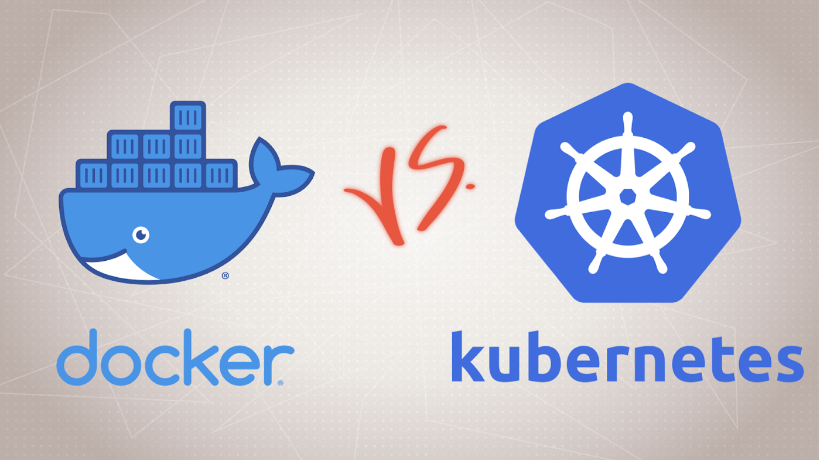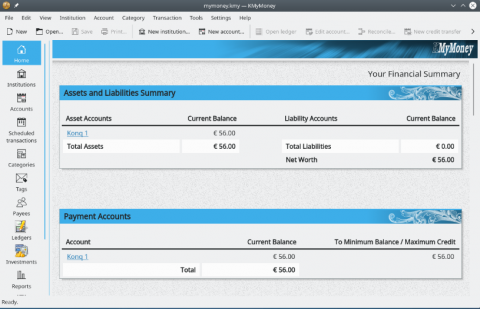By increasing portability and using fewer system resources than traditional virtual4 machines, containers make application deployment easier. They are used by DevOps engineers to create workflows that are tailored to agile methodologies, which encourage frequent and incremental code changes.
Two well-liked platforms for managing containers are Kubernetes and Docker. Despite the fact that both tools are concerned with containers, their roles in the creation, testing, and deployment of containerized applications are vastly distinct.
What is Kubernetes?
An Open-source platform for container orchestration known as Kubernetes Multi-container applications, such as those based on the microservices architecture, can be deployed, scaled, and managed in an automated manner that is synchronized and resource-efficient.
What are Some Features of Kubernetes?
Kubernetes offers a comprehensive set of automation features for all phases of the software development life cycle as a container orchestrator. Some of these features are:
- Control of containers. Containers can be created, run, and removed with Kubernetes.
- Packaging and scheduling of apps. The stage mechanizes application bundling and guarantees ideal asset planning.
- Services. Through IP addresses, ports, and DNS records, Kubernetes services control both internal and external traffic that reaches pods.
- Load Balancing. The Kubernetes load balancer is a service that distributes workloads optimally and routes traffic among cluster nodes.
- Orchestration for storage. The automatic mounting of a variety of storage types, including local and network storage, public cloud storage, and so on, is made possible by Kubernetes.
- Vertical scaling. The cluster can be easily scaled up with additional nodes in the event that Kubernetes cannot handle the workload.
- Self-healing. Kubernetes automatically redeploys a pod containing an application or one of its components in the event of its failure.
- Tools for advanced debugging, monitoring, and logging. These tools aid in the resolution of potential cluster issues.
How is Kubernetes Operational?
The cluster is at the center of the entire architecture of Kubernetes. A cluster is a collection of physical or virtual machines called nodes that carry out a variety of tasks. Each cluster is made up of:
The master node-based control plane. In order to prevent disruption and maintain high availability, the cluster typically has multiple master nodes running. Nevertheless, only one is working at any given time.
Worker nodes. that use pods, the smallest Kubernetes execution units, to run containerized applications.
Kubernetes is a highly automated platform that only requires an initial input that specifies the desired state of the cluster. Kubernetes ensures that the desired cluster parameters are always enforced after the user specifies them. The manifest YAML file or the command line can be used to specify the initial parameters.
Docker: What is It?
For containerized application development, deployment, and management, Docker is an open-source platform. Docker is a popular choice for developing distributed applications due to its system-agnostic nature.
When developing applications that are compatible with multiple operating systems, developers can avoid compatibility issues by utilizing Docker containers for distributed applications. Containers are also a better option than traditional virtual machines because they are less heavy.
Docker Features
Docker is a tool with many features that aims to be a complete app containerization solution. It has the following essential characteristics:
- Isolation of apps. App isolation is provided by the Docker engine per container. On a server, multiple applications can run concurrently without conflict thanks to this feature. By keeping the application isolated from the host, it also enhances security.
- Scalability. Scaling application resources is made possible by the straightforward process of creating and removing containers.
- Consistency. Docker makes sure that an application runs the same in all environments. It is possible for developers working on different machines and operating systems to collaborate without any problems on the same application.
- Automation. The platform schedules jobs and performs tedious, repetitive tasks automatically.
- Quicker organizations. There is no boot time when starting up container instances because containers virtualize the operating system. Deployments are therefore finished in a matter of seconds. Additionally, when developing new applications, existing containers can be utilized once more.
- Simple design. With easy-to-understand commands, the command-line interface for Docker enables users to configure their containers.
- Control of image versions and rollbacks. The contents of a container are based on a Docker image with multiple layers representing updates and changes. This feature not only speeds up the build process, but it also gives the container version control.
- SDN, or software-defined networking. Users can create isolated container networks thanks to Docker SDN support.
- Minimal footprint Docker deployments are resource-friendly due to the lightweight nature of containers. Containers are much lighter and smaller than virtual machines because they do not include guest operating systems. They utilize less memory and reuse parts thanks to information volumes and pictures. Containers can run entirely in the cloud, so they don't need a lot of physical servers.
How is Docker Operational?
The client-server model of container management is used by Docker. There are two main components to each Docker setup:
The Docker daemon (dockerd) is a persistent background process that responds to Docker API requests and carries out the required management tasks, such as modifying containers, images, volumes, and networks.
Users can issue commands through the Docker client, which use the Docker API to send them to the Docker daemon. The client can be installed on any number of additional machines or on the same machine as the daemon.
Typically, the first step in working with Docker is to create a script of instructions known as a Dockerfile. The file explains to Docker what commands and resources to use in a Docker image.
Docker images are application templates at a particular point in time. The image is made up of the source code, dependencies, libraries, tools, and other files that the application needs to run.
There are Three Steps Involved in the Creation of a Container
- The Docker command-line interface's docker run command is used by users to create Docker containers.
- After that, containerd, the daemon that pulls the required images, receives the input.
- runC, a container runtime that creates the container, receives the data from containerd.
A stable environment for software development and testing emerges when a container is spun up by Docker from the specified Docker image. Containers are isolated, portable, and compact runtime environments that are simple to create, modify, and delete.
Differences Between Docker and Kubernetes
As stated earlier, Docker and Kubernetes both deal with containers, but their roles in this ecosystem are vastly distinct.
Docker is a runtime for containers that makes container creation and management on a single system easier. Although tools like Docker Swarm make it possible to orchestrate Docker containers across multiple systems, this feature is not built into Docker itself.
A group of nodes that each run a container runtime that is compatible is managed by Kubernetes. Because it manages container runtime instances, including Docker, this indicates that Kubernetes is one level above Docker in the container ecosystem.
Using Docker and Kubernetes Together
When used together, Docker and Kubernetes make application development and deployment more efficient. Because Kubernetes was designed with Docker in mind, they complement one another and work well together.
In the end, you can deploy and scale applications using Kubernetes and pack and ship applications inside containers with Docker. The two innovations assist you with running more versatile, climate skeptic, and strong applications.
- Log in to post comments

